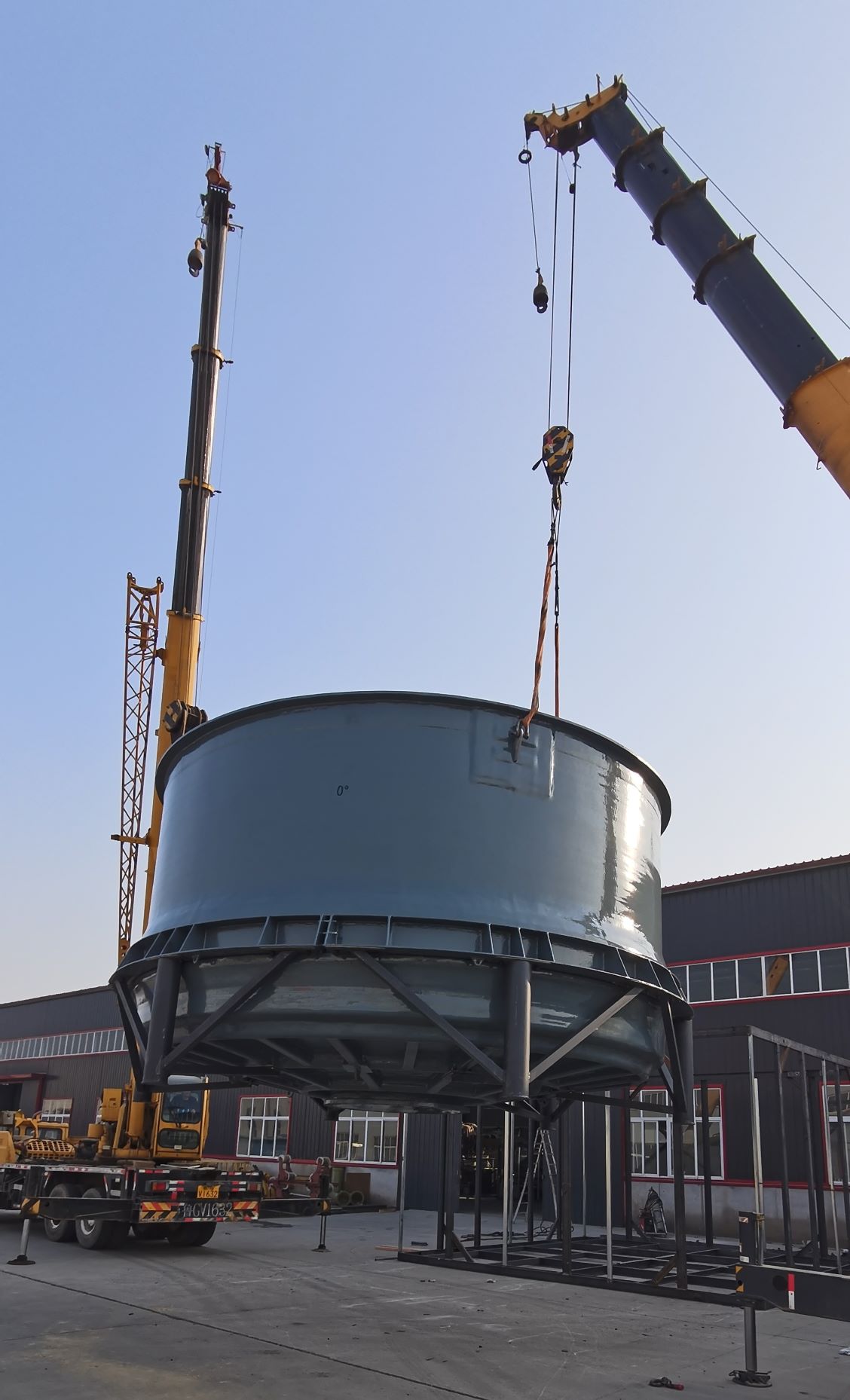
-
 Afrikaans
Afrikaans -
 Albanian
Albanian -
 Amharic
Amharic -
 Arabic
Arabic -
 Armenian
Armenian -
 Azerbaijani
Azerbaijani -
 Basque
Basque -
 Belarusian
Belarusian -
 Bengali
Bengali -
 Bosnian
Bosnian -
 Bulgarian
Bulgarian -
 Catalan
Catalan -
 Cebuano
Cebuano -
 China
China -
 China (Taiwan)
China (Taiwan) -
 Corsican
Corsican -
 Croatian
Croatian -
 Czech
Czech -
 Danish
Danish -
 Dutch
Dutch -
 English
English -
 Esperanto
Esperanto -
 Estonian
Estonian -
 Finnish
Finnish -
 French
French -
 Frisian
Frisian -
 Galician
Galician -
 Georgian
Georgian -
 German
German -
 Greek
Greek -
 Gujarati
Gujarati -
 Haitian Creole
Haitian Creole -
 hausa
hausa -
 hawaiian
hawaiian -
 Hebrew
Hebrew -
 Hindi
Hindi -
 Miao
Miao -
 Hungarian
Hungarian -
 Icelandic
Icelandic -
 igbo
igbo -
 Indonesian
Indonesian -
 irish
irish -
 Italian
Italian -
 Japanese
Japanese -
 Javanese
Javanese -
 Kannada
Kannada -
 kazakh
kazakh -
 Khmer
Khmer -
 Rwandese
Rwandese -
 Korean
Korean -
 Kurdish
Kurdish -
 Kyrgyz
Kyrgyz -
 Lao
Lao -
 Latin
Latin -
 Latvian
Latvian -
 Lithuanian
Lithuanian -
 Luxembourgish
Luxembourgish -
 Macedonian
Macedonian -
 Malgashi
Malgashi -
 Malay
Malay -
 Malayalam
Malayalam -
 Maltese
Maltese -
 Maori
Maori -
 Marathi
Marathi -
 Mongolian
Mongolian -
 Myanmar
Myanmar -
 Nepali
Nepali -
 Norwegian
Norwegian -
 Norwegian
Norwegian -
 Occitan
Occitan -
 Pashto
Pashto -
 Persian
Persian -
 Polish
Polish -
 Portuguese
Portuguese -
 Punjabi
Punjabi -
 Romanian
Romanian -
 Russian
Russian -
 Samoan
Samoan -
 Scottish Gaelic
Scottish Gaelic -
 Serbian
Serbian -
 Sesotho
Sesotho -
 Shona
Shona -
 Sindhi
Sindhi -
 Sinhala
Sinhala -
 Slovak
Slovak -
 Slovenian
Slovenian -
 Somali
Somali -
 Spanish
Spanish -
 Sundanese
Sundanese -
 Swahili
Swahili -
 Swedish
Swedish -
 Tagalog
Tagalog -
 Tajik
Tajik -
 Tamil
Tamil -
 Tatar
Tatar -
 Telugu
Telugu -
 Thai
Thai -
 Turkish
Turkish -
 Turkmen
Turkmen -
 Ukrainian
Ukrainian -
 Urdu
Urdu -
 Uighur
Uighur -
 Uzbek
Uzbek -
 Vietnamese
Vietnamese -
 Welsh
Welsh -
 Bantu
Bantu -
 Yiddish
Yiddish -
 Yoruba
Yoruba -
 Zulu
Zulu
frp handrail
The Importance of FRP Handrails in Modern Construction
In the realm of construction and architectural design, safety and durability are of utmost importance. One vital component often overlooked is the handrail. Among the many materials available for handrail construction, Fiber Reinforced Polymer (FRP) handrails have emerged as a popular choice in recent years. This article explores the significance of FRP handrails, discussing their benefits, applications, and reasons behind their growing popularity.
FRP, or Fiber Reinforced Polymer, is a composite material made from a polymer matrix reinforced with fibers, typically glass or carbon. This combination results in a product that boasts exceptional strength-to-weight ratios, corrosion resistance, and overall durability. These characteristics make FRP handrails particularly advantageous in various environments, including industrial, residential, and commercial applications.
The Importance of FRP Handrails in Modern Construction
Safety is another significant advantage of FRP handrails. These handrails can be designed to meet strict safety standards, ensuring they provide adequate support and stability. Their lightweight nature does not compromise their strength, allowing for easy installation without the need for heavy machinery. This simplifies the construction process and reduces labor costs. Moreover, FRP handrails can be designed with various textures and colors, enhancing visual appeal without sacrificing safety.
frp handrail

In terms of maintenance, FRP handrails are remarkably low-maintenance. Traditional handrails often require regular maintenance and treatments to prevent degradation, particularly in harsh environments. In contrast, FRP handrails only require occasional cleaning to maintain their appearance and functionality. This not only saves time and money in the long run but also contributes to the overall sustainability of a project.
The versatility of FRP handrails is another factor contributing to their popularity. They can be molded into various shapes and sizes, enabling custom designs that can seamlessly integrate with any architectural style. Moreover, FRP handrails can be used in a wide range of settings, from residential staircases to commercial buildings and even in specialized environments like bridges or walkways where weight and durability are critical.
Finally, as sustainability becomes a focal point in construction, the use of FRP handrails aligns with eco-friendly practices. Many manufacturers produce FRP from recycled materials, and these handrails can themselves be recycled at the end of their life cycle, reducing their environmental impact.
In conclusion, FRP handrails represent a modern solution combining safety, durability, and aesthetic appeal in construction. Their resistance to environmental factors, low maintenance requirements, and versatile design options make them an excellent choice for a wide range of applications. As the construction industry continues to evolve, the adoption of FRP handrails is likely to increase, setting new standards for safety and functionality in handrail design.









